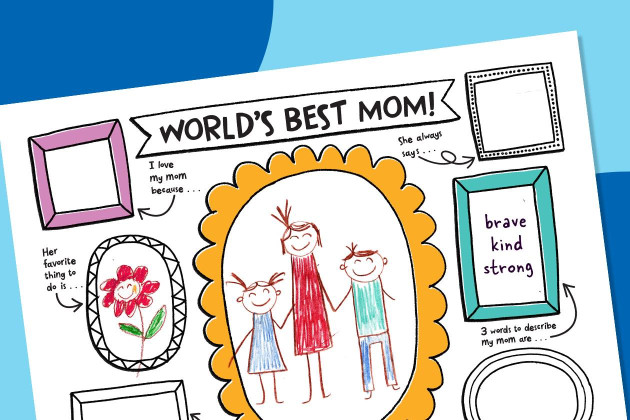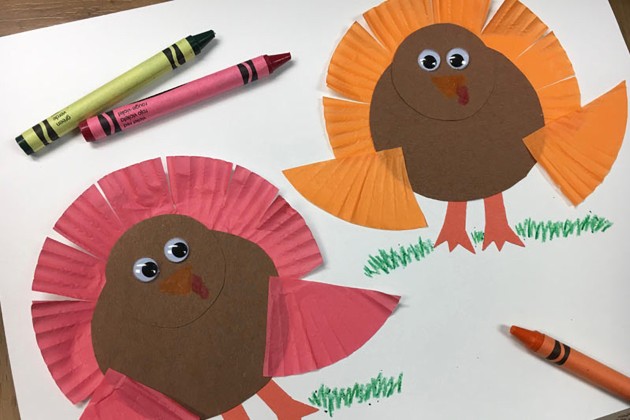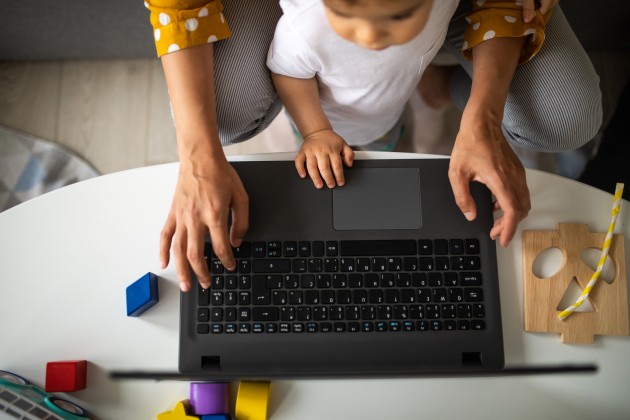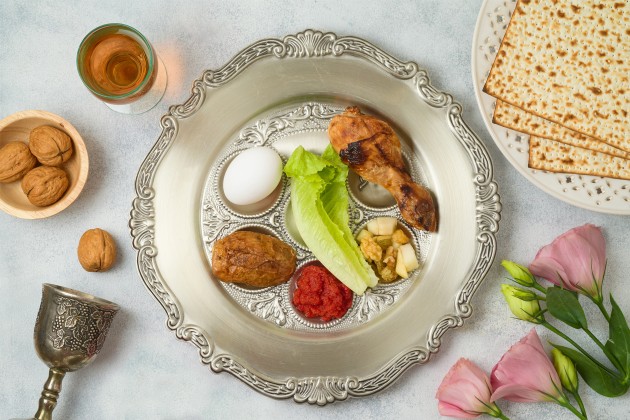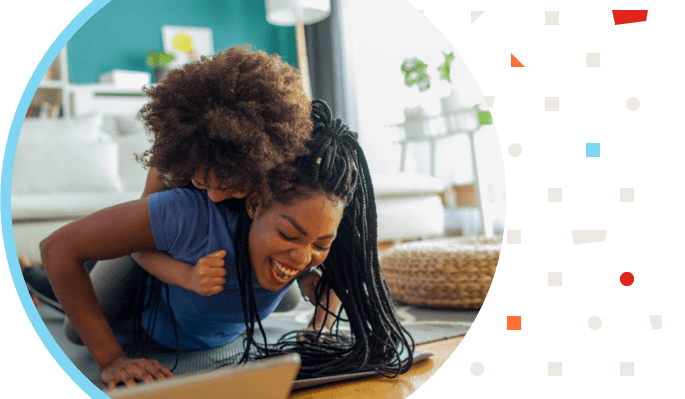What Do We Say to Kids When They Learn That Some “Helpers” Can’t Be Trusted?
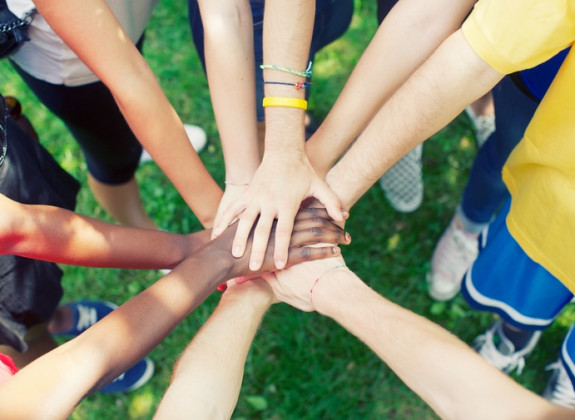
Even if you, as a child, weren’t taught to “look for the helpers” in times of trouble, you probably have encouraged your own children to do so.
This suggestion from the beloved Mister Rogers is oft repeated and has become a ubiquitous meme flooding social channels after national tragedies. But what do we say to children when they learn that helpers—police and other first responders, clergy, coaches, and even doctors—sometimes fail to uphold their oath to help and instead intentionally cause harm? How do we teach children to respect and trust these professionals—and, at the same time, keep them safe in a world where, too often, the headlines tell a story of a “helper” engaging in criminal behavior?
What do we say to children when they learn that helpers sometimes fail to uphold their oath to help and instead intentionally cause harm?
It’s not easy to swallow our own fear and outrage to tackle this topic with kids. Our instincts are to shield young kids from disturbing crime and horrific outcomes, and often that’s entirely appropriate. In fact, many experts recommend waiting to talk about it until your child indicates that they’re ready by asking a question. Then, of course, adults are obligated to listen and help them interpret what has transpired.
Some Conversations Are About Safety
Like all hard conversations, there’s no one-size-fits-all. The talk parents might have with their children varies, depending upon the child’s developmental age and sensitivity, their community, and the color of their skin. It’s a particularly important conversation for families of color, as Black children are six times more likely to be killed by police. Hispanic children are three times more likely.
I spoke about this with Dr. Christine Herring--a Black mother of three, former elementary-classroom teacher, and CEO and co-founder of Herring Seminars & Consulting offering expertise in diversity, inclusion, and equity. She acknowledges that these conversations can be challenging. “You want to satisfy their curiosity and guide kids,” she says, “without giving them more information than they are equipped to handle.”
One way to gauge how much information is right is to allow the child to lead the conversation. But, Dr. Herring notes, Black parents, particularly parents of Black boys, may feel the need to preempt a child-led conversation.
“Black children may not have the privilege to wait to receive info before they’re ready; white children do have that privilege,” she says. “Privilege is not always about possessions. Sometimes it’s about what you must be exposed to, to be ready to be safe. In that case, parents are planting a seed.”
Building Empathy and Understanding Can Start Early
For parents of white children, the conversation may be more about planting and nurturing seeds of compassion than of safety. Dr. Herring says she has empathy for parents accepting this challenge. “It can feel inauthentic to parents to talk about an event outside of their own experience,” she says, “but when you understand that your lived experiences are different, and you think about how to allow space for the lived experiences of others, that changes everything. That’s what makes us human and helps us develop empathy.”
Helping children think about the lived experiences of others—early on—is where Dr. Herring thinks these conversations should start.
One way to do this is by exposing kids to children’s books that tell the stories of lives that are different from their own. This gives kids practice seeing different perspectives. It lays a foundation of understanding parents can build on later when children are trying to process tragedies like the horrific deaths of George Floyd or Tyre Nichols. Kids who have “walked in someone else’s shoes” through literature can more easily understand how lived experiences can influence the way we think and behave.
They can, for example, more easily see how positive interactions with police help shape a perspective of police as trustworthy and helpful, and how negative encounters with police can lead to fear and mistrust. Parents can scaffold on that practice of swapping perspectives to build empathy, Dr. Herring says, helping children ask the fundamental question, “Is what is being imposed on them what I would want imposed on me?”
It’s OK to Learn Right Along with Your Kids
Kids can ask tough questions, but parents don’t need all the answers to have a discussion. “It’s OK to be vulnerable and park a question for a time and tell a child, ‘I don’t know, but I’ll try to find out,’” Dr. Herring says. “Sometimes you want to call someone or find a book or another resource. That’s OK.”
But she also points out that we can overthink our responses. Often, the message can be as simple as “I’m human and so are you. We are all human.”
Remind Kids that Most People Are Good
Of course, any conversation with kids about deaths or abuse at the hands of helpers should always include the reminder the majority of uniformed helpers are dedicated and professional. They are as horrified as the rest of us when one of their own does the unthinkable, and here’s a deeply grateful shout-out to them. But even well-intentioned people have blind spots, and we all must work to be aware of the impact of our judgements on others.
Help Kids Interpret “Helper” More Broadly
Does this mean that Mister Rogers’ advice to “look for the helpers” is no longer relevant? Certainly not. Preschoolers may well be satisfied with this suggestion, assuming they have not been directly affected by a tragedy or exposed to disturbing videos. They were Mister Rogers’ intended audience, and he knew that little ones, when afraid and confused, mostly need reassurance that they are safe. Spotlighting uniformed helpers—police, fire fighters, doctors, etc.—can be a good way to ease their fears in many situations.
But older kids asking questions need more, especially when they connect the dots to see that not all helpers are on the up and up. Older children may be helped by an expanded definition of “helper.” A helper might be the passerby who witnesses and records the injustice. It could be the clerk behind the counter who speaks up to help the person in trouble. Helpers may be the whistle blowers or the trusted nurse or dedicated teacher a child can turn to when something doesn’t feel right.
A helper could be you or me, who are, each in our own way, trying to chip away at the systemic racism that makes so much of the abuse and injustice we see possible.
If we can help kids see that helpers are everywhere—and that they can be helpers too—we not only nurture empathy, but we also leave them with something essential to their well-being: Hope.
Hope for a kinder, more equitable world.

